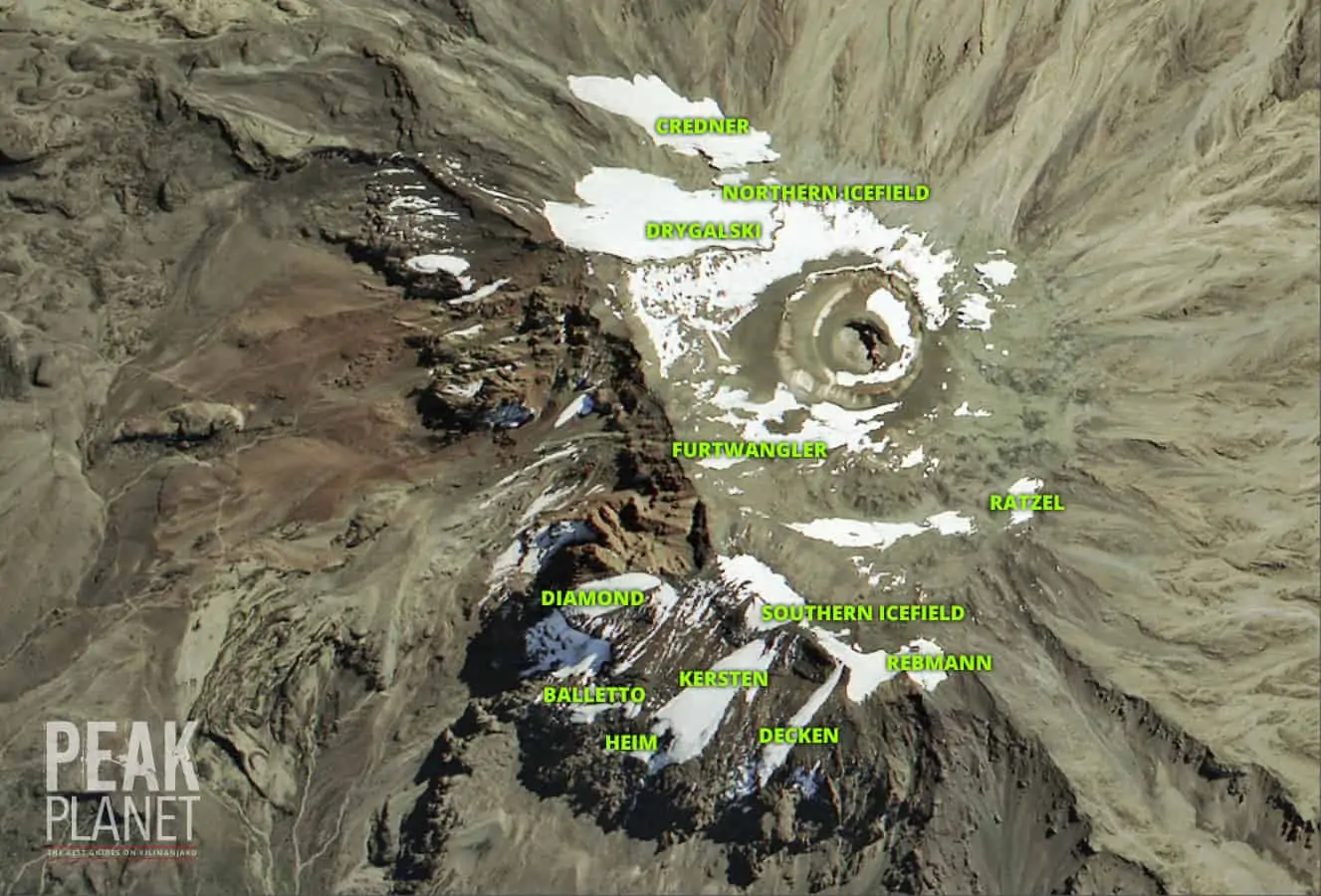Why you should not wait to climb Kilimanjaro
You may be asking yourself “Summer is almost over and you want me to start on my next summer plans?” Well technically, there is still another month of summer, but it is never too early to begin planning for your next adventure. Plus, you can climb Kilimanjaro December through February and June through October.
If you are adventurous and don’t mind a bit of rain, you can even book a private climb in November or March through May. These are the rainy season months and we do not book group climbs during the rainy seasons. However, if you do book a private climb during those times, it’ll feel like you have the entire mountain to yourself.
So why shouldn’t your next adventure be climbing Mount Kilimanjaro? We know why it should be and why you shouldn’t wait.
There are several reasons to book your Kilimanjaro climb sooner rather than later. Some of these reasons are the crowds, the park fees, the glaciers, your age and the possibility of becoming the new you.
The Crowds
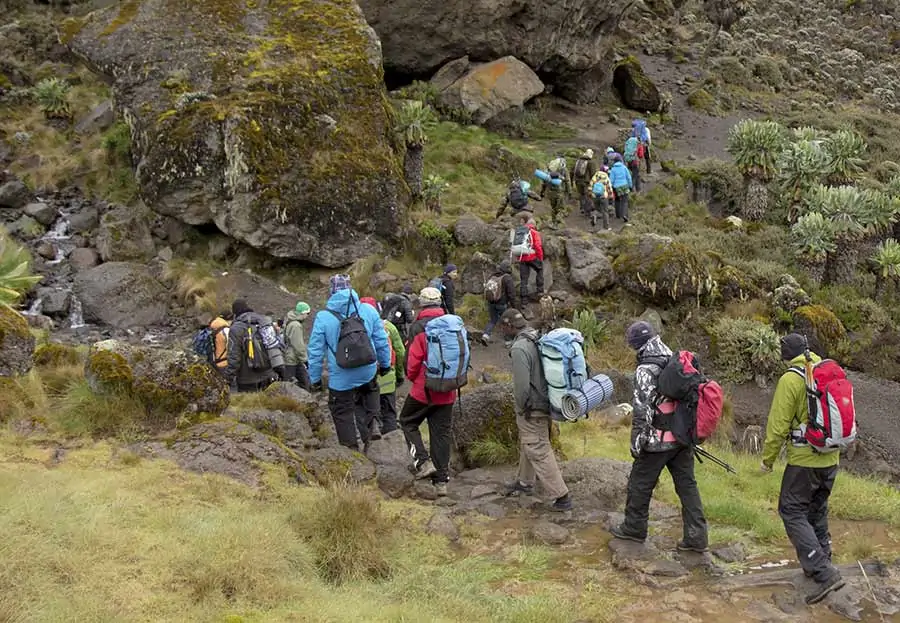
First of all, approximately 50,000 people attempt to climb Kilimanjaro every year. This is an estimate since no official records are kept. Of those, only about one-third of those trekkers actually make the summit. So that would mean approximately 15,000 – 18,000 people a year do not summit. But people keep going to Kilimanjaro.
Who are these travelers? Some are people who are returning to make another attempt, others just love the adventure and want to do it again, and most are first-timers. In the last 10 years, the numbers have steadily increased. They are up 20,000 people a year.
Combine that with the fact that Kilimanjaro International Airport (JRO) just completed a renovation that doubled the capacity from 650,000 to 1.2 million travelers annually (Read more here: https://peakplanet.com/where-do-you-fly-to-climb-kilimanjaro/). You really should not wait to book your Kilimanjaro climb. Waiting will just mean you’ll climb with the ever-increasing crowds of people trying to post their selfie on the “Roof of Africa”.
Park Fee
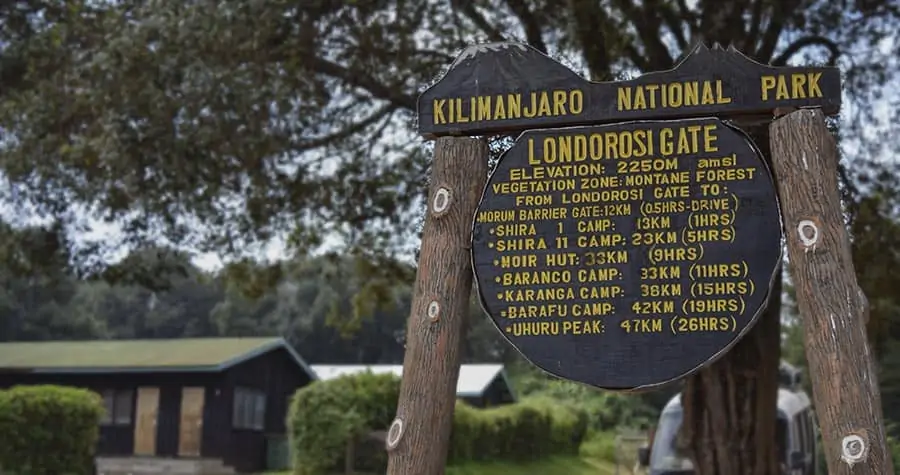
Secondly, because of this influx of travelers, Kilimanjaro National Park has to keep up. More people equal more expenses. The more people who climb Kilimanjaro, the more the park will have to add additional public toilets. Campsites will need more maintenance and will need to be enlarged. The trails will need more frequent improvement. And the park service will have to make more trail signage and hire more rangers. The list goes on.
What do these park fees cover? The Kilimanjaro National Park fees include:
- Kilimanjaro National Park Conservation Fees
- Vehicle Entry Fees
- Camping or Hut Fees
- Rescue Fees
- Guide and Porter Entrance Fees
- Ranger Service
- 18% Value Added Tax
As a result, waiting to book your Kilimanjaro climb will cost you more money in National Park fees with each passing year.
Vehicle Driver Fines
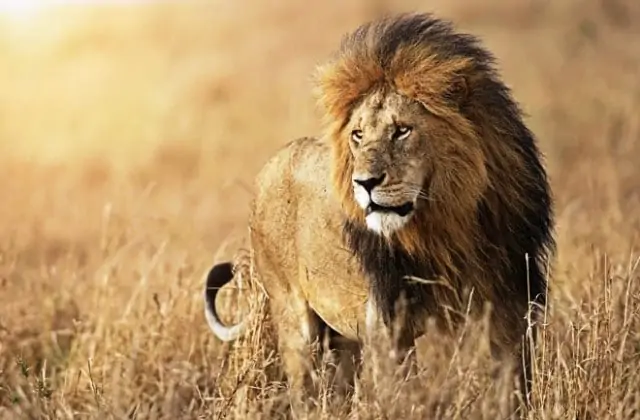
Drivers that are caught speeding or causing an accident face stiff monetary punishment. And most noteworthy, if a safari driver hits an animal, if caught, they are accessed very a lofty fine. The type of animal also affects the amount. For example, fines for hitting and killing a lion will cost much more than if they hit a gazelle.
The Glaciers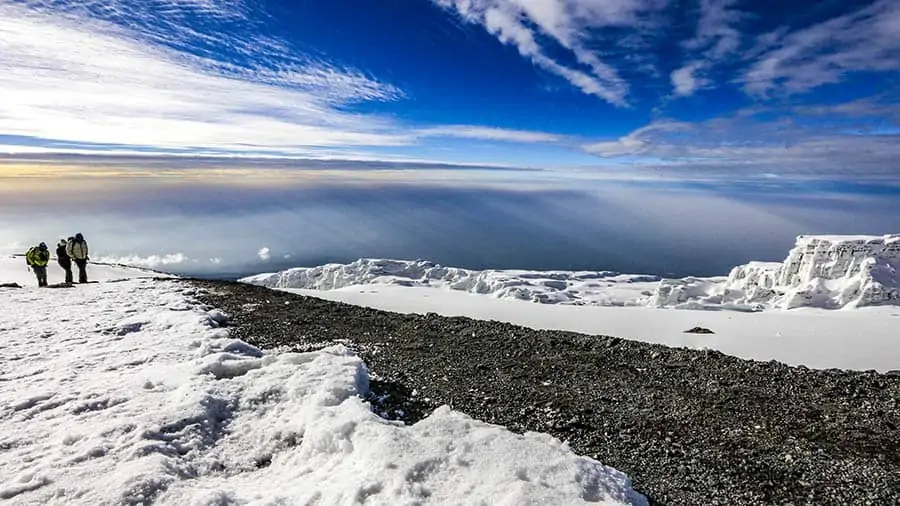
Another reason to book your Kilimanjaro climb is to see the glaciers before they are gone. According to a study at Ohio State and the University of Massachuchets 85% of the ice that was atop Kilimanjaro in 1912 has melted. Kilimanjaro’s melting glaciers are often mentioned as a significant result of global warming. But scientists don’t agree about how much of that melting is the result of long-term climate trends. A bulk of the ice disappeared in the first half of the 20th century, before significant planetary warming. Others believe the earth begins to warm before the onset of an ice age.
What Science Says
Mount Kilimanjaro’s shrinking glacier is complicated and not due to just global warming. However, this does not mean the Earth is not warming. There is ample evidence that Earth’s average temperature has increased in the past 100 years and the decline of mid- and high-latitude glaciers is a major piece of evidence.
—Skeptical Science
More about Global Warming can be found here: https://climate.nasa.gov/evidence/
This year, however, during the months of February and March, Kilimanjaro received more snow than it has had in years. The first week of March recorded a snowfall of 19 inches on the Northern Icefields.
Whatever you believe, one thing for sure is that the glaciers have melted and if they continue to melt at their current rate, they could be gone within the next couple of decades.
On the summit of Mount Kilimanjaro are several glaciers. The most prominent is the Furtwangler glacier. It is named after Walter Furtwängler who, along with Siegfried König, was the fourth party to ascend to the summit of Kilimanjaro in 1912. Below are the names of the rest of the glaciers and icefields
- Northern Icefield
- Southern Icefield
- Drygalski
- Credner
- Ratzel
- Rebmann
- Decken
- Kersten
- Heim
- Balletto
- Diamond
Inspiration
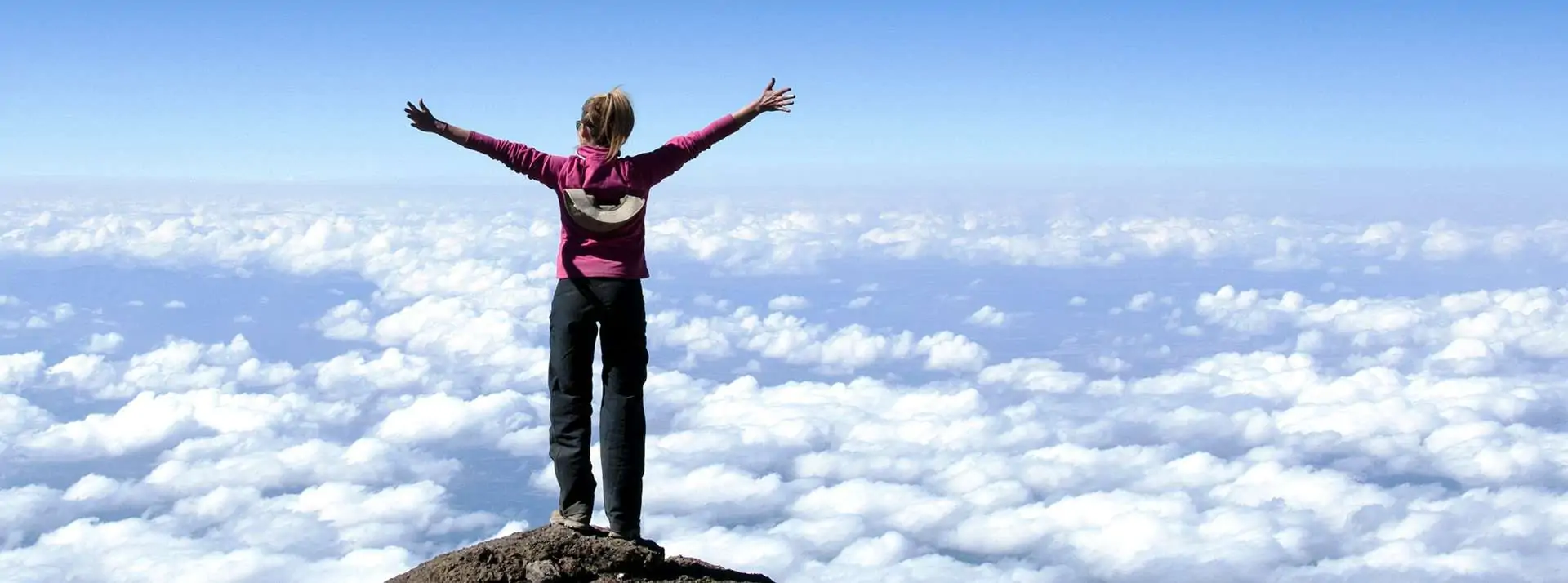 Don’t you want to be a better you? Wouldn’t it be great if that can happen soon? If the answer is yes, then book your Kilimanjaro climb. How does booking a Kilimanjaro climb make you better? In reality, it doesn’t, but it does give you a goal to train for. You need to be in good shape to climb Kilimanjaro. The hiking is not terribly demanding, but you are constantly going up and you are hiking for hours. Training for the trek is important. Not only will it make the trek easier, it may lessen the chances of getting altitude sickness. Studies haven’t conclusively defined why altitude effects you one day and not the next, however, if you are in good shape, we have found that your body doesn’t have to work as hard. With less strain on your body, your chances of making the summit are greater.
Don’t you want to be a better you? Wouldn’t it be great if that can happen soon? If the answer is yes, then book your Kilimanjaro climb. How does booking a Kilimanjaro climb make you better? In reality, it doesn’t, but it does give you a goal to train for. You need to be in good shape to climb Kilimanjaro. The hiking is not terribly demanding, but you are constantly going up and you are hiking for hours. Training for the trek is important. Not only will it make the trek easier, it may lessen the chances of getting altitude sickness. Studies haven’t conclusively defined why altitude effects you one day and not the next, however, if you are in good shape, we have found that your body doesn’t have to work as hard. With less strain on your body, your chances of making the summit are greater.
Being fit is one aspect that will make you a better you. The other is the accomplishment. You’ll feel amazing once you make the summit—maybe not physically—but emotionally. The views are breathtaking and you just hiked for several days to get to this point. All the planning, training and pushing yourself have led to this moment. Many find an emotional outpouring once they reach the peak.
Above all, many people have found that making the summit is one of the most momentous accomplishments of their life. For that reason, it is a life-changing adventure that everyone should experience. Some people have had an epiphany upon seeing the sign on Uhuru Peak and have gone on to make sweeping changes in their lives. Hopefully, you can be one of these people.
Age
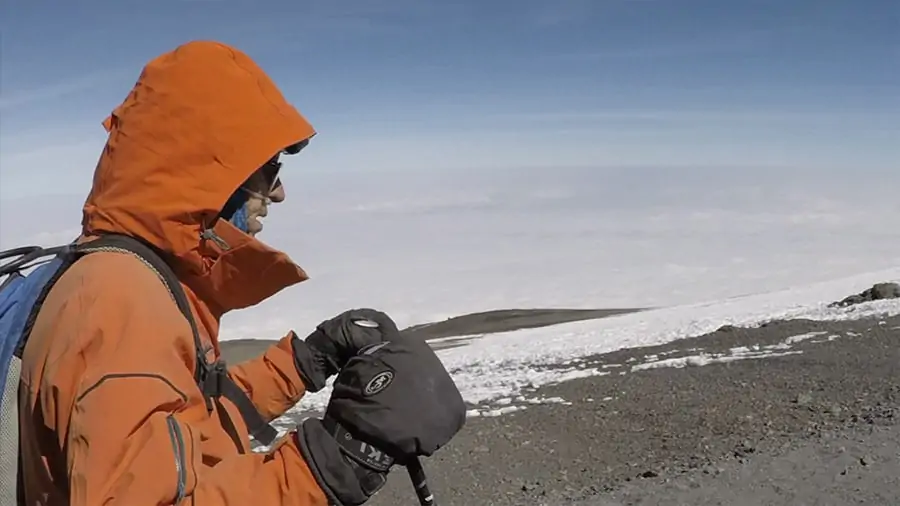 Finally, age plays an important role in your Kilimanjaro climb. At some point, everyone has to face the fact that they aren’t getting any younger. In the sports world, this has been referred to as athletic mortality. The point when your body can’t do what it used to do. Some people have found ways to increase their longevity. We had Dr. Fred Distelhorst summit at age 88. But he is an anomaly. Most people can successfully push for the summit into their 60s depending on their fitness level. Others can only do it into their 40s.
Finally, age plays an important role in your Kilimanjaro climb. At some point, everyone has to face the fact that they aren’t getting any younger. In the sports world, this has been referred to as athletic mortality. The point when your body can’t do what it used to do. Some people have found ways to increase their longevity. We had Dr. Fred Distelhorst summit at age 88. But he is an anomaly. Most people can successfully push for the summit into their 60s depending on their fitness level. Others can only do it into their 40s.
How do know if you can do it? You won’t know without trying. Go to the gym—walk the treadmill or stairclimber. Or better yet, get out into the wilderness and hike. Movement is life. Once you stop moving, you stop living. And what a great way to keep moving by training to climb Kilimanjaro.
It really is a magical moment when the sun comes up on summit day and you are so close to your goal. And once you reach that sign it is euphoric.
So get motivated, book your climb, do it for your future, do it for a better you, do it before it’s too late.


